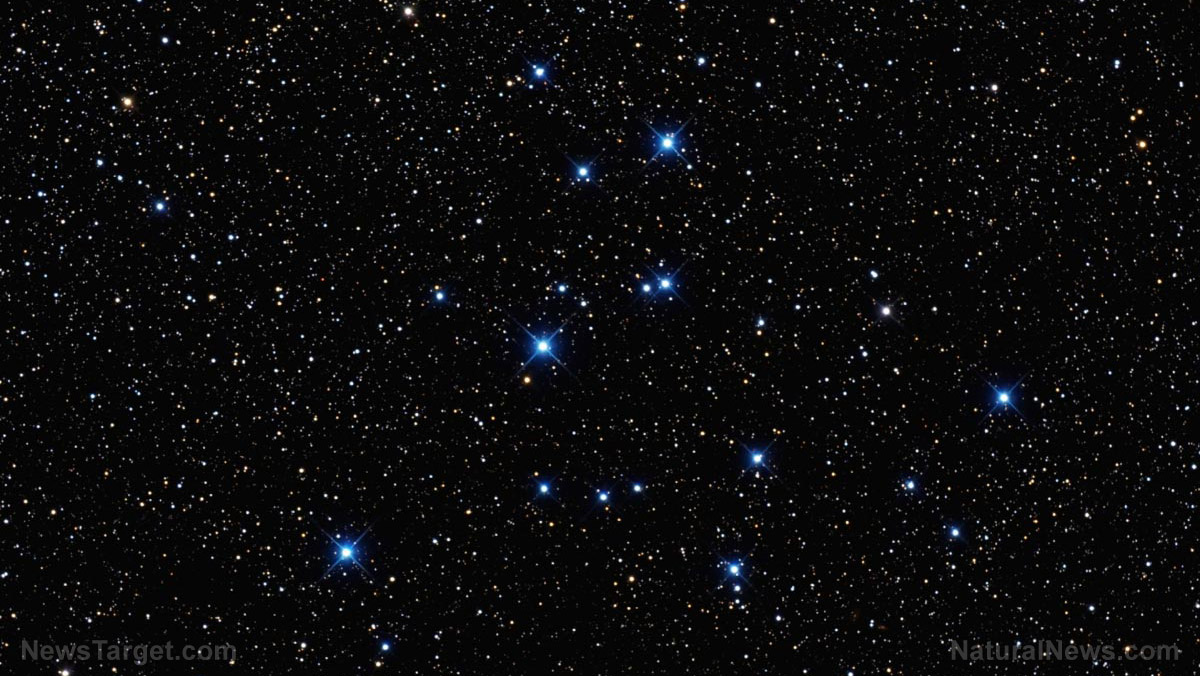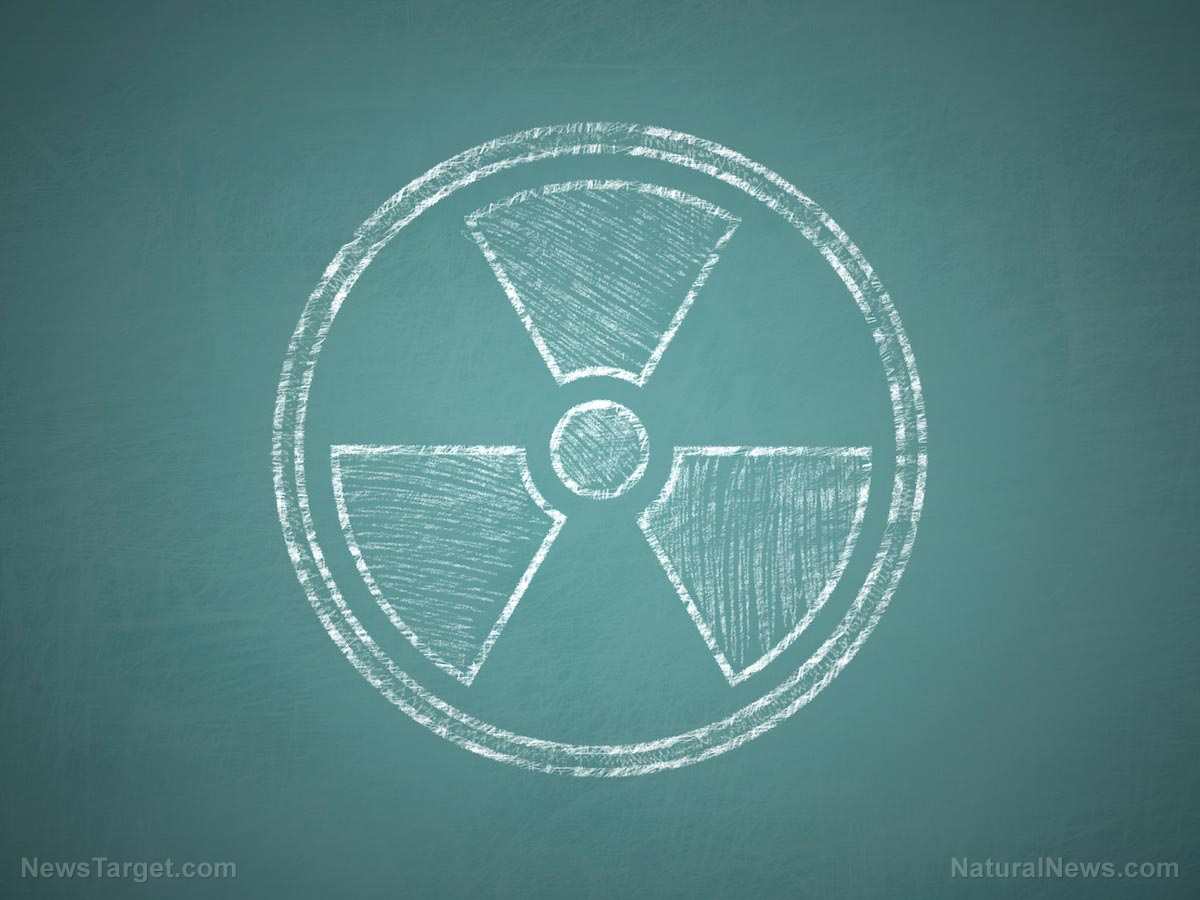The radiation from red dwarf stars makes life on their planets improbable
05/18/2018 / By David Williams

In the search for other habitable planets in the galaxy besides Earth, astronomers have suggested that a closer look at red dwarf stars might be productive. Red dwarfs are, comparatively, much smaller and shine a lot less brighter than our own sun. But they are plentiful, as they make up about 75 percent of the entire galaxy’s population of stars, not to mention that many of them are known to have planets in the so-called habitable zone — where conditions are just right for life to potentially flourish.
Now a new study calls this whole notion into question, as researchers find that red dwarf stars may be the source of too much radiation for life to have a chance at existing in a stable environment. To be more specific, the radiation that comes from a red dwarf star would likely be too intense for most life forms to handle, especially those that are located on dry land, said the researchers. So unless living creatures on a planet that orbits a red dwarf star reside underwater, it’s highly unlikely that they would have a problem-free life, if they could even exist at all.
One notable example of an exoplanet in a star system where this applies is Proxima Centauri b, which lies in the habitable zone of Proxima Centauri, a red dwarf star that can be found about 4.2 light-years away from the sun. The star itself is dim, and the fact that the planet orbiting it is in the habitable zone helps things a little, but X-ray emissions just cancel everything out instantly, according to the researchers. That’s before you even consider coronal mass ejections (CMEs), which blast large amounts of charged plasma throughout space.
According to Eike Guenther, an astronomer at the Thueringer Observatory in Germany and the lead author of the study, the ongoing search for life on other planets also leads to the same conclusion: that red dwarf stars are incompatible with proposed theories of life on exoplanets. “Astronomers are mounting a global effort to find Earth-like worlds, and to answer the age-old question of whether we are alone in the universe,” he said. “With sporadic outbursts of hard X-rays, our work suggests planets around the commonest low-mass stars are not great places for life, at least on dry land.”
Guenther’s team arrived at their conclusion after observing a flare from a red dwarf star called AD Leo, which is said to be 16 light-years away from Earth. It is believed that the star hosts a number of small, rocky planets, as well as a gas giant that is quite close to it, so the researchers analyzed data from the flare to find out how they would be affected. According to the results of their analysis, the flare likely sent out harmful rays to the planets that were orbiting the parent star.
Although CMEs were notably absent after the flare occurred, the impact of the flare alone would have been devastating for any forms of surface life, said the researchers. Indeed, such X-ray radiation could destroy surface life, while marine life might remain safe. (Related: NASA’s alien-hunting probe discovers 100 new planets orbiting stars outside our solar system.)
As of now, the research team is looking to refine its model to better understand the impact of the emissions on the closest planets. Whatever their later conclusions may be, these findings clearly put a damper on any ideas about finding an alternative to Earth as a home in the not-so-distant future.
Learn more about exoplanets and the habitable zone in Space.news.
Sources include:
Tagged Under: AD Leo, alien life, coronal mass ejection, cosmic, exoplanets, habitable zone, marine life, plasma, Proxima Centauri, radiation, radiation science, red dwarf star, solar flares, Space, space radiation, space travel, Stars, surface life, X-Ray, X-ray emissions


















